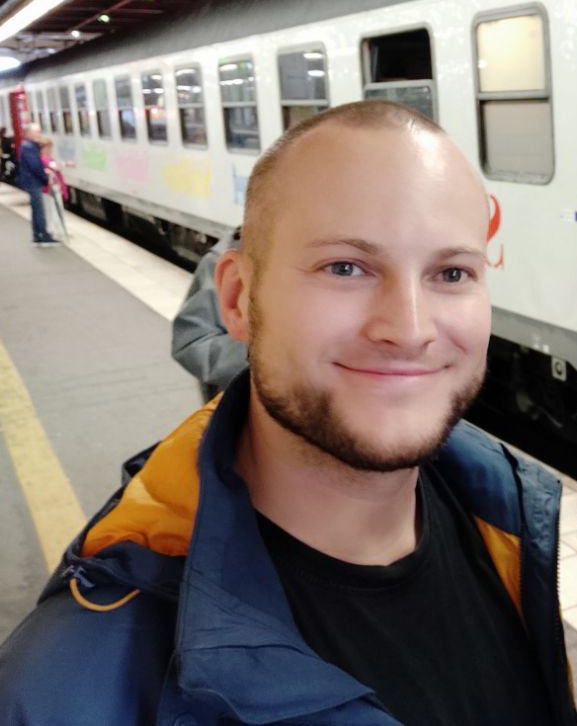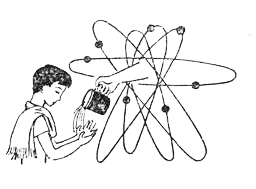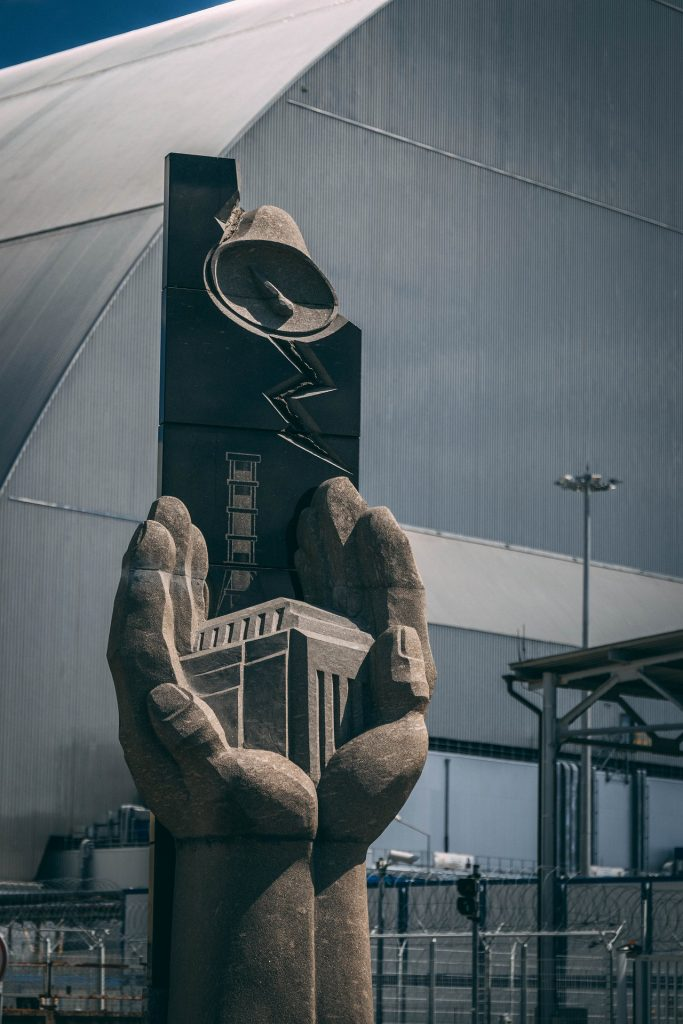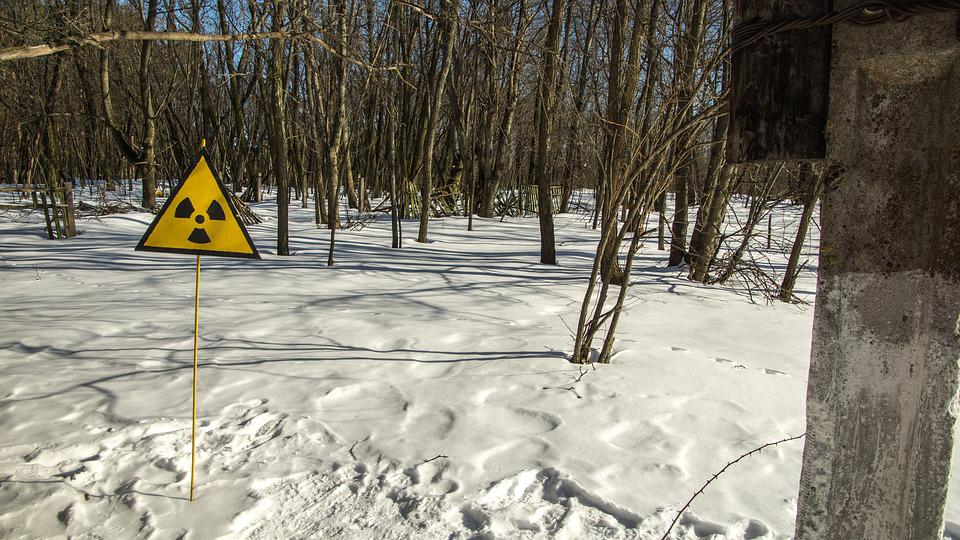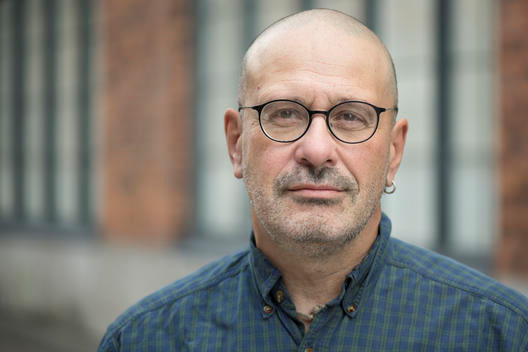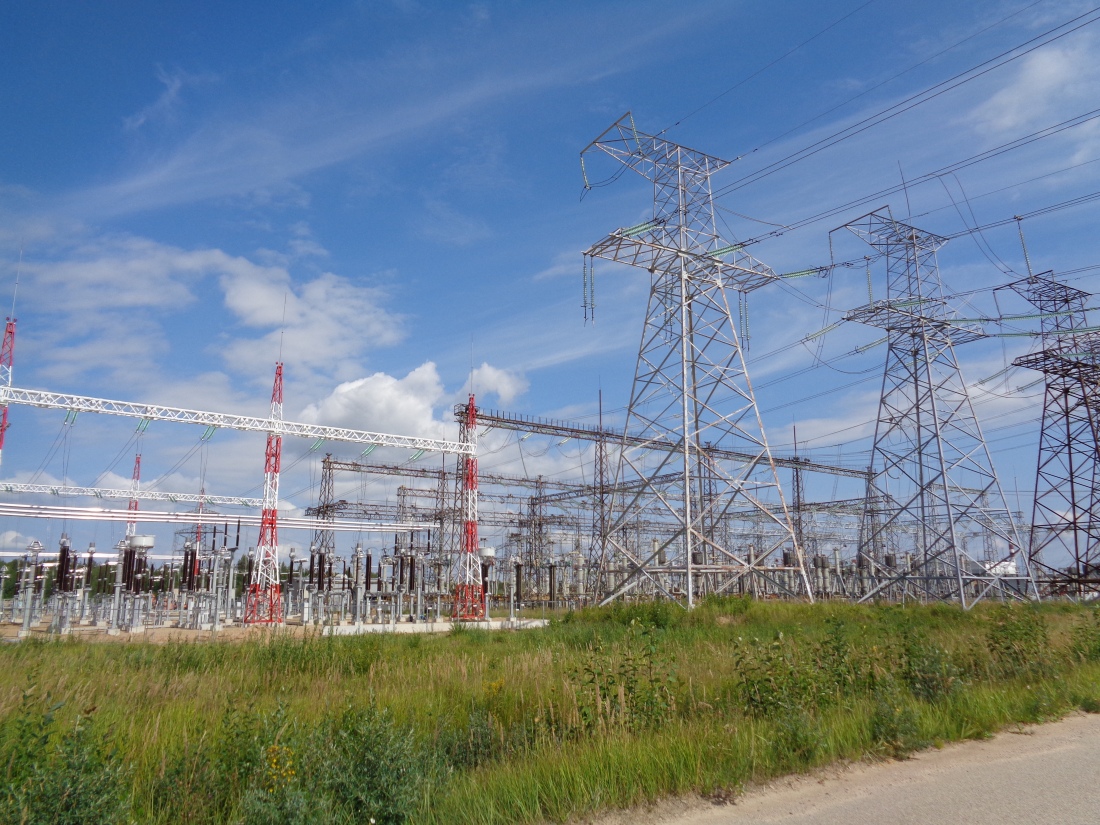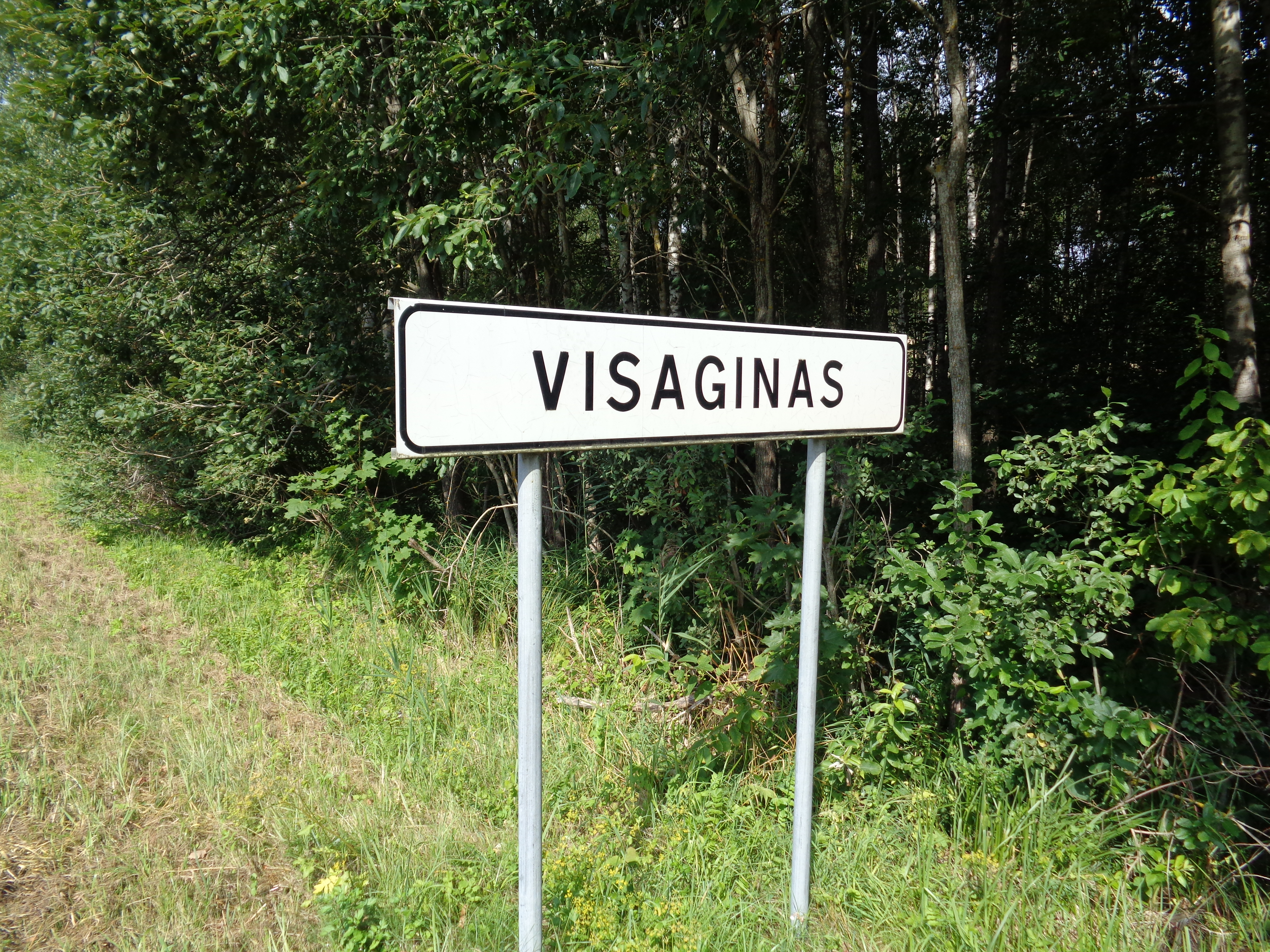
By Achim Klüppelberg
2023 was a turbulent year for me. I am grateful for many great experiences that helped me to grow as a novice scholar and as a person. In the following I would like to reflect in a few paragraphs on this past year. But before I start: Merry Christmas and happy end-of-the-year holidays to everyone! I hope you will have a marvellous New Year’s Eve and that you will find the strength to follow up on your new year’s resolutions.
My 2023 started unconventionally as I stayed for six weeks in Darmstadt, a city with 180,000 inhabitants near Frankfurt in Western Germany. As a visiting scholar at the Technical University’s Division for History of Science, led by Martina Heßler, I was able to discuss our work in a new environment and to pick up new theoretical insights of relevance for my dissertation. I also found new (and old) friends there, which was great. The stay certainly also helped to keep the connection between Darmstadt and our own division at KTH alive.
On 20 March 2023 it was time for my final seminar (80%) of my doctoral education. Eglė Rindzevičiūtė from Kingston University in London travelled from the United Kingdom to Stockholm to discuss the development of my dissertation. This seminar was a key event in my education at KTH and it helped me to improve my text tremendously. Following this seminar I regrouped and then created a plan for finishing the dissertation. A plan that later had to be revised.
In 2023 I presented my research in Darmstadt (Germany), Tübingen (Germany), Bern (Switzerland), and at different venues in Stockholm. As always, presenting helps to sharpen the arguments and the feedback from the audience supports the writing process. Personally, I enjoy public speaking and while these events were stressful, they were all very rewarding.
From spring until the end of 2023 I also acted as the PhD representative at our Department of History and Philosophy at KTH. This was a new experience for me on a doctoral level of student administration; a responsibility I at first did not want to take over but eventually fit in reasonably well.
As 2023 was coming to a close, the writing and finalisation process of my dissertation took over all my work. Slowly I finished all my teaching responsibilities and focussed on improving the “kappa” (the introductory essay) and the individual articles. In the end, the writing took longer than we previously planned. Nevertheless, the defence is now scheduled for 22 March 2024. After some brief holidays, I will start again working on the dissertation on 2 January.
“Thank you” to everyone who impacted my work so positively during the past twelve months! Let’s hope 2024 will be even better, with lots of NUCLEARWATERS publications coming up.
